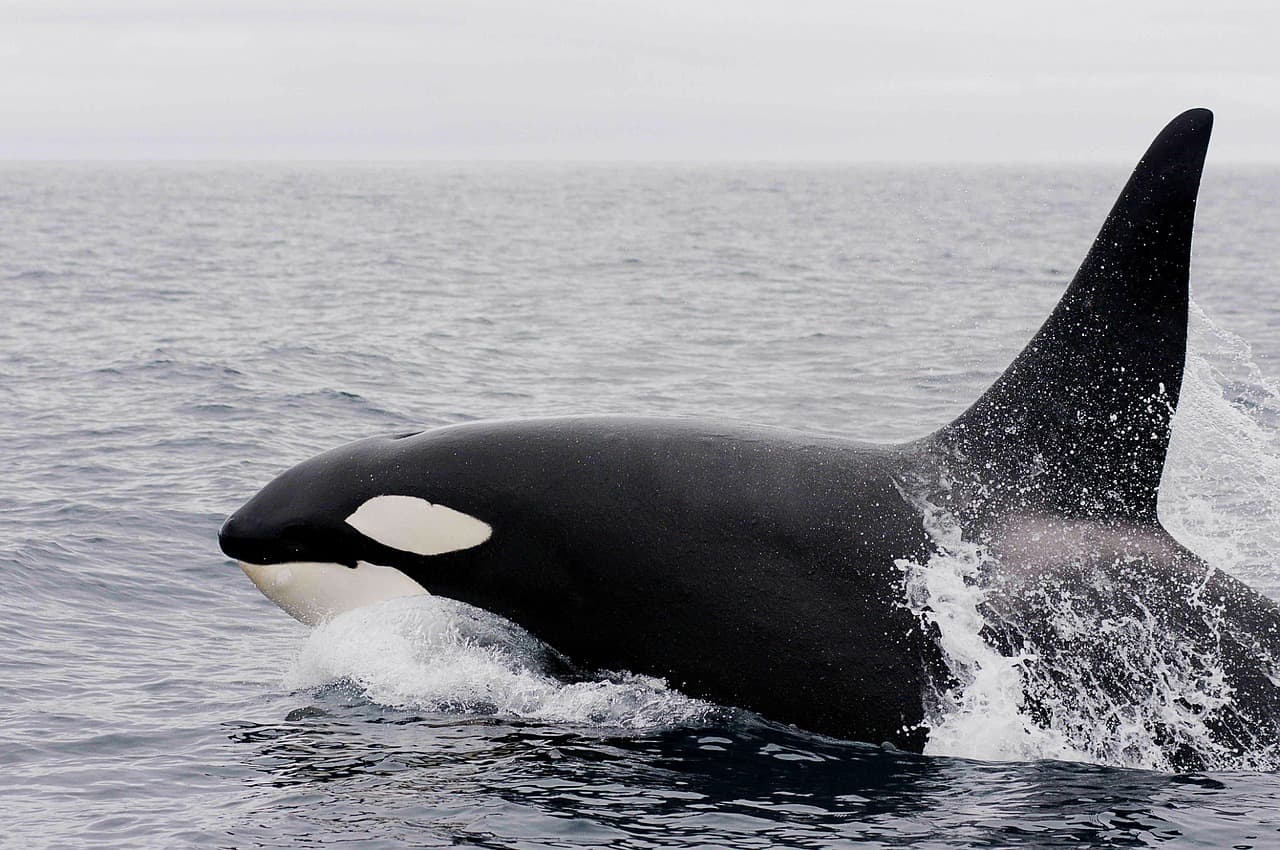Did you know that orcas are the largest member of the dolphin family?
These majestic beasts can weigh up to six tons, which makes paddling next to one awe-inspiring.
Despite being called killer whales, these massive creatures are actually gentle giants when it comes to being around humans.
Kayaking with orcas isn’t especially dangerous, but it does come with a few risks. Knowing how to keep yourself and the marine life around you safe helps you enjoy your adventure.
- Do Orcas Attack Kayakers?
- Can an Orca Hurt a Kayaker On Accident?
- Is It Safe to Take Kids Kayaking With Orcas?
- Could My Kayak Harm an Orca?
- Are There Laws That Kayakers Need to Follow Around Orcas?
- How Can I Stay Safe Around Killer Whales?
- Where Can I Go Kayaking With Orcas?
- How Can I Watch Orcas Responsibly?
- Am I Guaranteed to See an Orca While Sea Kayaking?
- Conclusion
- You Might Also Like…
Disclosure: this post contains affiliate links (clearly marked with ), which means we may earn a commission if you buy something through them, at no additional cost to you.
Do Orcas Attack Kayakers?
Orcas may be savage when it comes to other fish and animals in the sea, but they don’t attack humans in the wild. Studies on orcas show that this could be due to several different possible reasons.
One of the primary reasons why it is believed that killer whales don’t attack humans is that people don’t look like their preferred type of food.
Depending upon where they live, an orca pod may seek out seals, salmon and even whales as food sources.
Humans just don’t fit into their dietary preferences.
People who have encountered orcas in the wild also sense that they know there is something different about them.
Orcas have been known to swim playfully around humans in the water, and their actions often suggest a sense of curiosity about their newfound aquatic companion.
Can an Orca Hurt a Kayaker On Accident?
While orcas may seem like oversized puppies of the sea, it is important to observe them from a respectful distance.
A killer whale might not aim to hurt you, but an extremely close encounter could put you in harm’s way.
An orca that breaches too close to your boat could accidentally knock it over.
An adult orca can range from 23 to 32 feet, which makes it easy to see how they could hit your boat if they are unaware of your position.
Is It Safe to Take Kids Kayaking With Orcas?
Kayaking with children in any body of water should be done with caution. Yet, sea kayaking creates a few challenges.
Tandem kayaking on the ocean often involves high wind conditions. This means that any adult kayaking with a child should be capable of maneuvering their boat on their own.
You’ll also want to travel with a group that is capable of helping you or your child get back in the boat if a capsize happens.
As always, make sure that everyone is outfitted for the current weather and water conditions.
Orcas often flock to areas where the water temperatures are very cold. Wearing dry suits helps to keep everyone at a comfortable temperature if splashes occur.
Could My Kayak Harm an Orca?
Kayaks are one of the more environmentally friendly modes of transportation that you can take out to sea. Still, you need to be aware that anything you do affects the wildlife in the water.
Resident orcas are mostly accustomed to humans that visit their known gathering spots. Yet, they are still sensitive to changes in their environment.
Responsible kayaking means knowing how to minimize the changes that you make to the orcas’ natural behavior patterns.
Staying a safe distance away not only protects you, but it also ensures that you do not interfere with their feeding and mating patterns.
You’ll also want to protect the orcas by doing your part to leave no trace of your adventure behind. Always pack out any trash, and take care to avoid dropping things into the water that are impossible to retrieve.
Are There Laws That Kayakers Need to Follow Around Orcas?
One of the easiest ways to have a safe orca viewing kayaking adventure is to know the laws and regulations that govern the area.
Currently, U.S. Federal Regulations prohibit aquatic vessels from coming within 200 yards of orcas.
However, other areas have established laws to protect orcas. For example, the State of Washington requires boaters to stay further than 300 yards away from these beautiful animals.
If a killer whale is approaching in a way that makes it hard to maintain this distance, then you will need to paddle out of their path.
Sometimes, this may mean moving offshore, although it is recommended that kayakers try to stay between the shore and orcas as much as possible.
This helps to prevent you from disrupting their normal behavior patterns.
If you are operating a motorized kayak, then there may be laws that require you to shut off the engine. In Washington, you need to disengage the engine when orcas are within a 200-yard range.
How Can I Stay Safe Around Killer Whales?
The easiest way to stay safe around orcas is to be constantly surveying the water. Orcas sometimes have a one-track mind when they are pursuing prey.
Always assume that an orca might not be aware of your presence. This makes the responsibility of avoiding an accidental collision rest solely on your shoulders.
The usual wildlife viewing rules apply to kayaking with orcas. Don’t get too close, and never try to entice one to come closer with food.
Making sure that orcas don’t become too comfortable with humans helps to prevent unexpected close interactions.
Where Can I Go Kayaking With Orcas?
Killer whales are known to travel throughout the world’s oceans. Yet, there are certain areas where orca pods are known to gather.
A visit to one of these hot spots helps you to make sure that you see one of these magnificent creatures.
Johnstone Strait, Canada
This area is known to host around 200 resident orcas that stay within the area throughout the year.
San Juan Islands, Washington
You’ll find another pod of resident orcas within this area. They stay to feed on the nearby salmon runs.
The best viewing time for orcas falls between the end of May through October, but you can catch orcas at other times of the year as well.
Tysfjord, Norway
The Arctic Circle is home to around 700 orcas. Many of these killer whales come to the area specifically for winter feedings.
Monterey Bay, California
This location has both resident and transient orcas that often make their appearances when other mammals are flocking to the area.
Sometime around April through May, you’ll see orcas visiting the area to feed on gray whales before they continue on their way up north.
Keep in mind that these are just a few of the more well-known areas for orca sightings.
If you plan to kayak on any part of the sea that is known for being home to orcas, then it’s worth checking to see if there is a good place to go kayaking.
How Can I Watch Orcas Responsibly?
Every kayaker has a responsibility for taking care of the natural environments where they paddle. Watching orcas responsibly is as easy as using your good judgment and following these basic guidelines.
1. Keep Your Group’s Kayaks Close Together
Kayaking should always be done with at least one other person.
In addition to your buddies, you’ll also likely encounter other kayakers on the water. When orcas are near, it is best to draw your kayaks together.
This has the effect of increasing the visibility of your boats. Being in a tighter group also has the effect of being less disturbing to the orcas.
Some boaters believe that an orca will be more likely to view the cluster of boats as one big vessel rather than multiple potential obstacles in the water.
2. Communicate With the Other Kayakers in the Group
You’ll also want to establish communication signals with the other kayakers in the water that lets them know when orcas are near.
Signaling that it is time to move together helps you all avoid causing an orca to feel threatened.
You can also signal to another kayaker if an orca is getting too close to their boat. Working together helps everyone stay safe while avoiding a disruption to the orcas’ normal behavior patterns.
3. Maintain Your Distance
The thought of getting that perfect selfie can cause people to make poor decisions on the water.
Not only should you follow the local regulations in place regarding distancing, but you may also need to move further away in certain situations.
Mothers with babies tend to be protective of their young, and a baby orca’s swimming patterns can be more unpredictable.
A large pod that is gathered can also be riskier to be around compared to a single orca.
In these situations, increasing your distance is the responsible thing to do as a kayaker.
4. Give Orcas the Right of Way
You will also want to maneuver your boat in a way that allows you to paddle alongside known orcas in the area rather than in front of or behind them.
This helps you to avoid making the mistake of crossing their path or breaking up a group.
Orcas that are separated from their young or pod might become agitated.
5. Watch for Signs of Orca Disturbances
Observing orcas from a safe but close distance is what your kayaking trip is all about.
During a close encounter, you not only get to see them thriving in their natural habitat, but you might also see them displaying signs of distress.
An orca that is sweeping their tail erratically from side to side might be exhibiting fear or anger that could turn into aggression.
Orcas that change directions rapidly could also be disturbed by you or something else in their environment.
6. Kick Back and Enjoy the Moment
Remembering the reason why you are paddling in the water helps you to observe the orcas responsibly. This is a once in a lifetime experience that deserves to be remembered.
Once you sight an orca and know that you are a safe distance away, take a moment to soak up the sight.
Trying to get too close can scare them away and increase the chances of a negative close encounter.
Instead, take a break from paddling. Enjoy the experience of seeing these lovable creatures in their natural environment.
Marine wildlife viewing recommendations suggest keeping your observatory time to 30 minutes or less.
After you’ve had your experience, kayak quietly away. This reduces stress on the orcas, and it gives other kayakers the chance to get a good view.
Am I Guaranteed to See an Orca While Sea Kayaking?
There is never a guarantee that you’ll sight an orca while sea kayaking. However, choosing known locations for orca gatherings increases your chances.
Take each sighting as a lucky experience, and remember that you can always plan another adventure that leads to seeing an orca.
Conclusion
An orca viewing adventure is one of those bucket list items that you might want to check off more than once.
Seeing orcas in the wild gives you a new appreciation for wildlife, and you’ll love how your kayak can get you the best view possible while still maintaining a safe distance.
You Might Also Like…
-
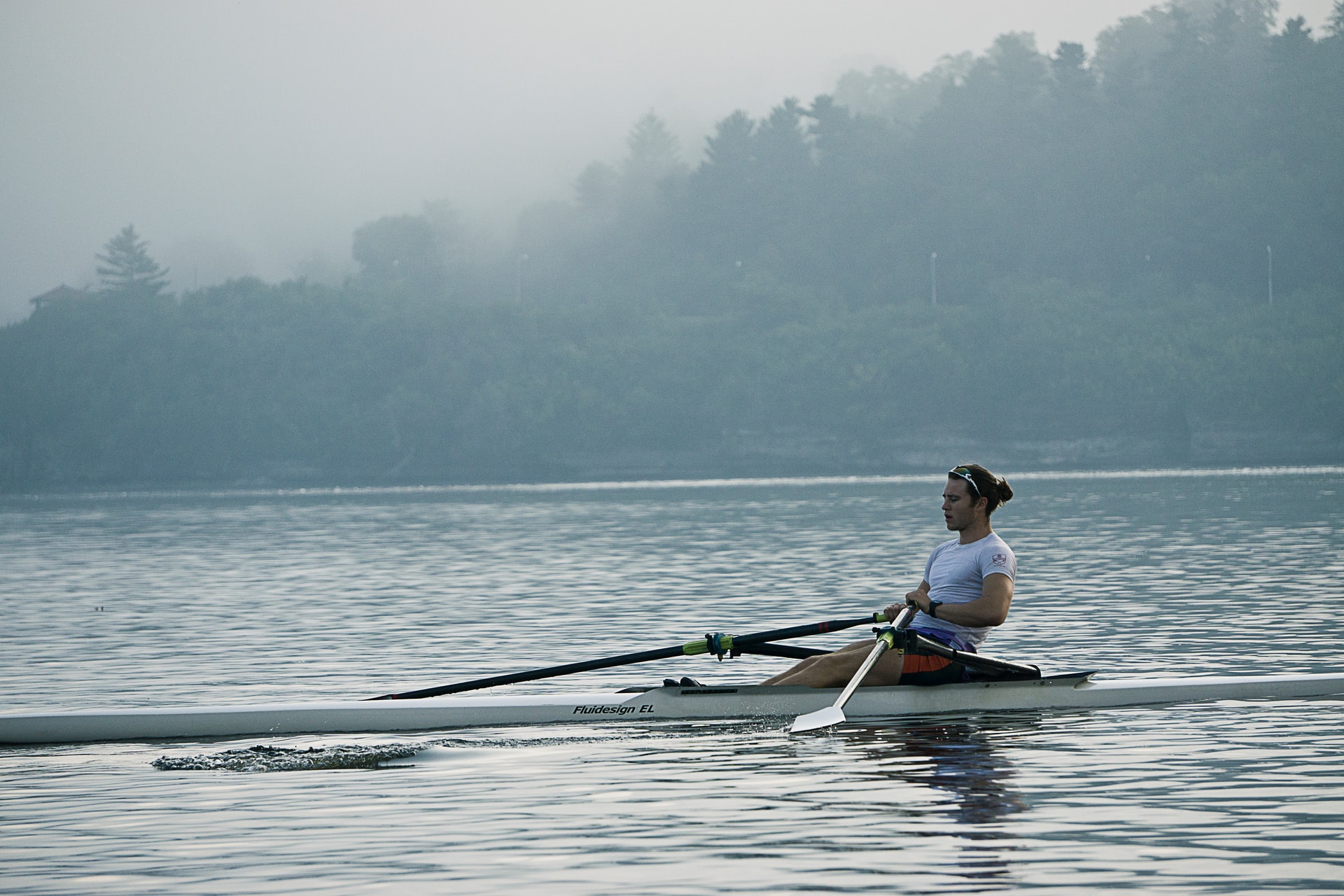
Kayaking Vs. Rowing: What’s the Difference? (8 Key Differences)
-
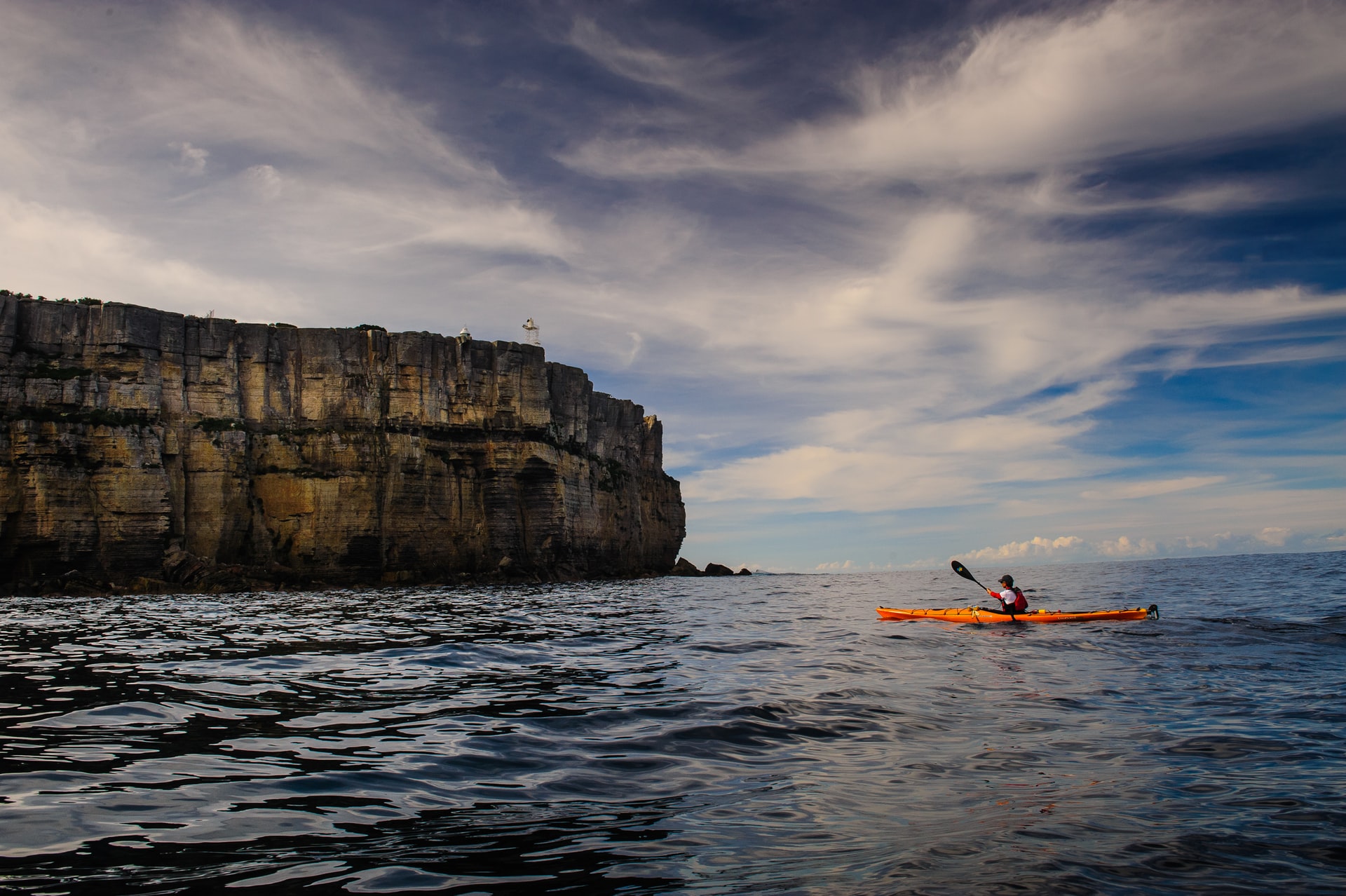
When Is It Too Windy for Kayaking? (Crucial Facts You Should Know)
-
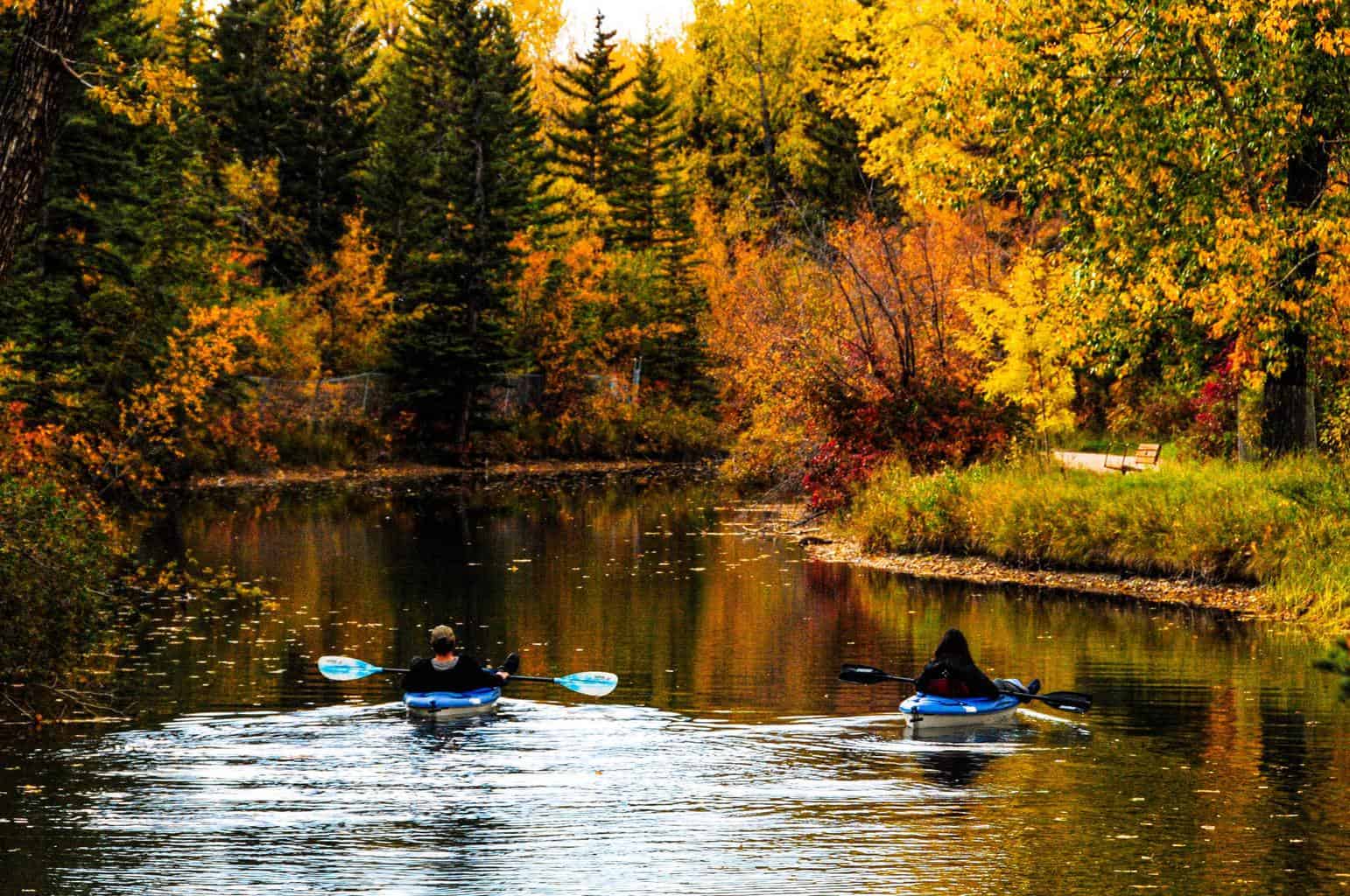
When to Go Kayaking? (What Every Kayaker Should Know)
-
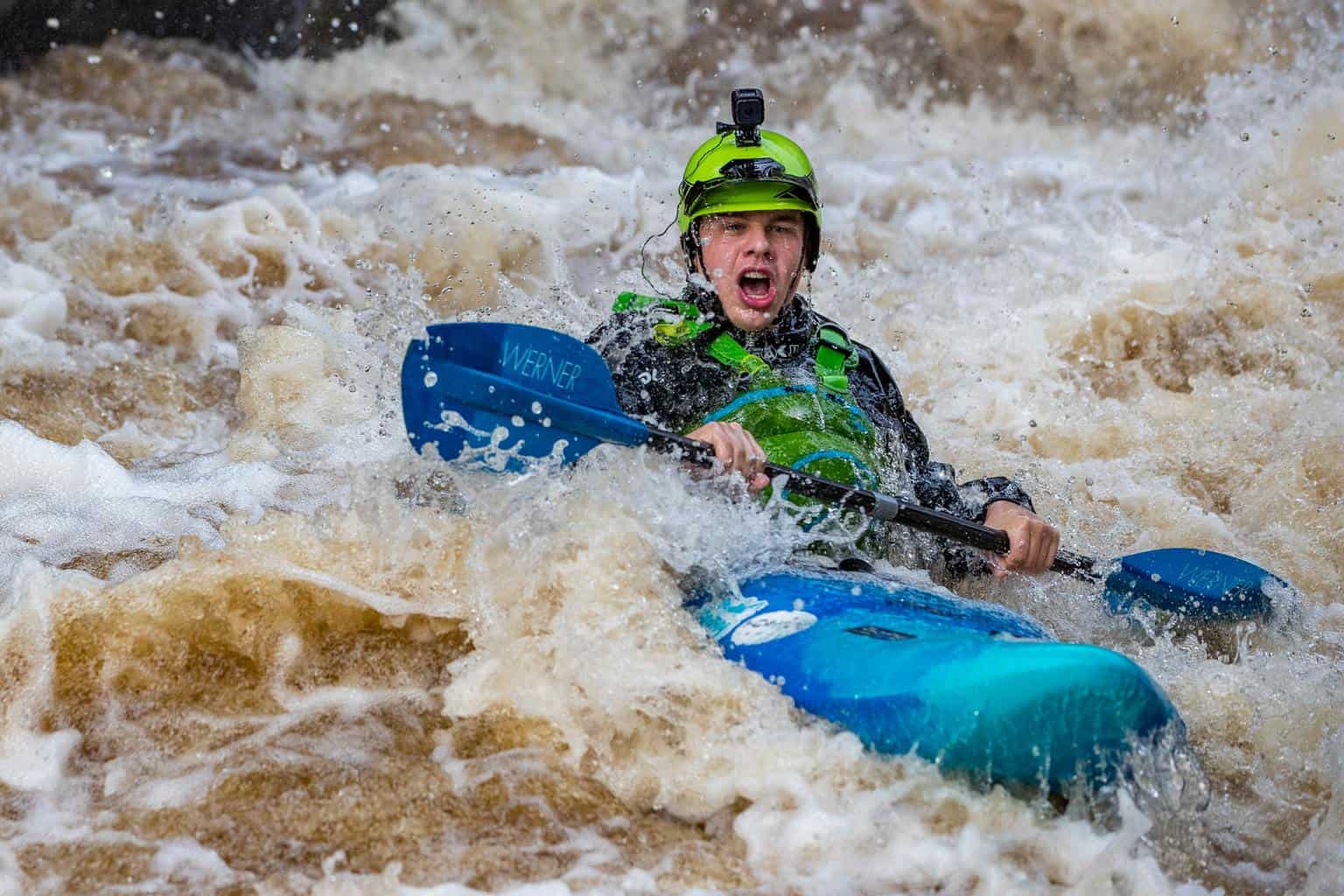
Will I Get Wet Kayaking? (Common Reasons & How to Stay Dry)
-
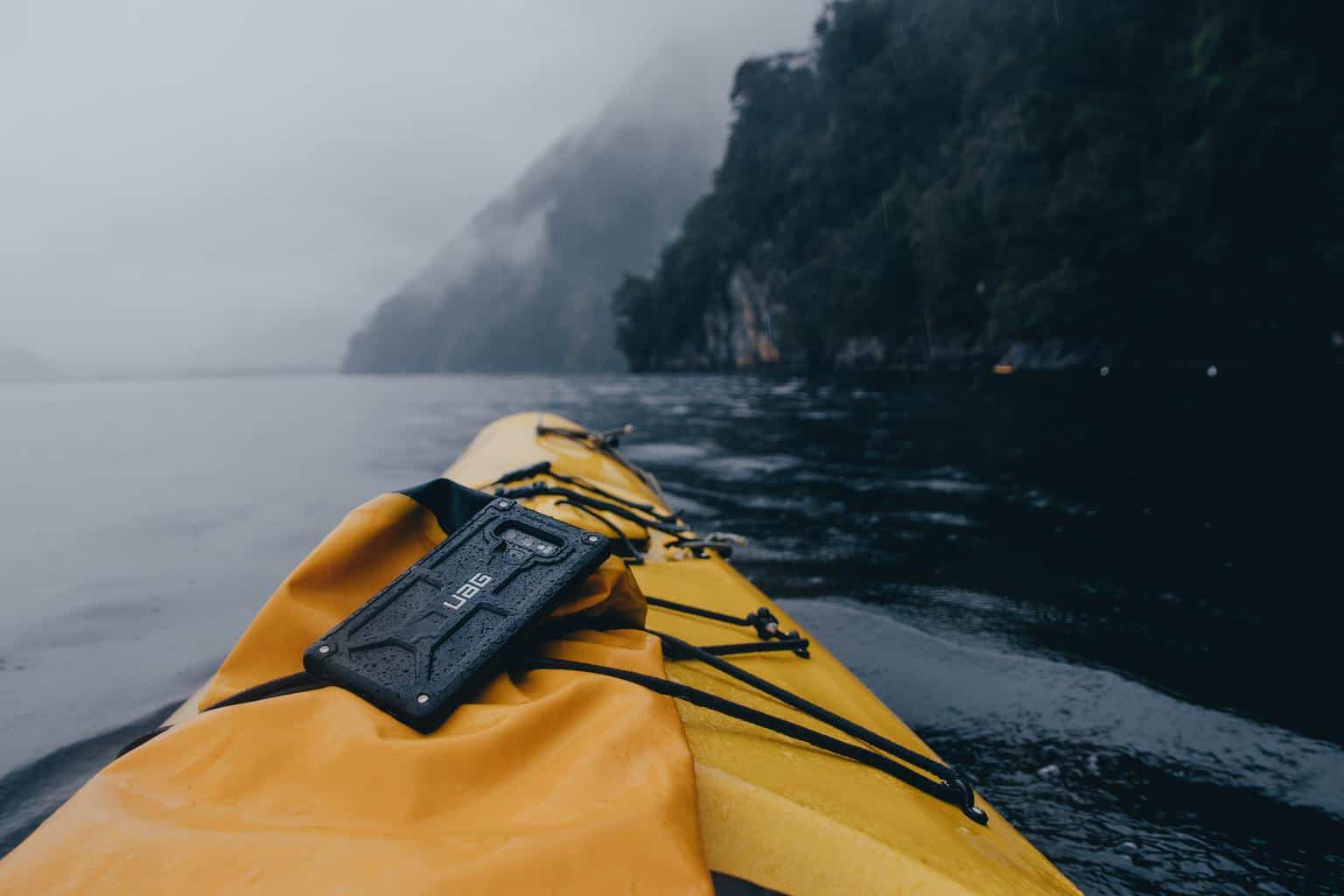
Should I Bring My Phone Kayaking? (7 Good Reasons)
-
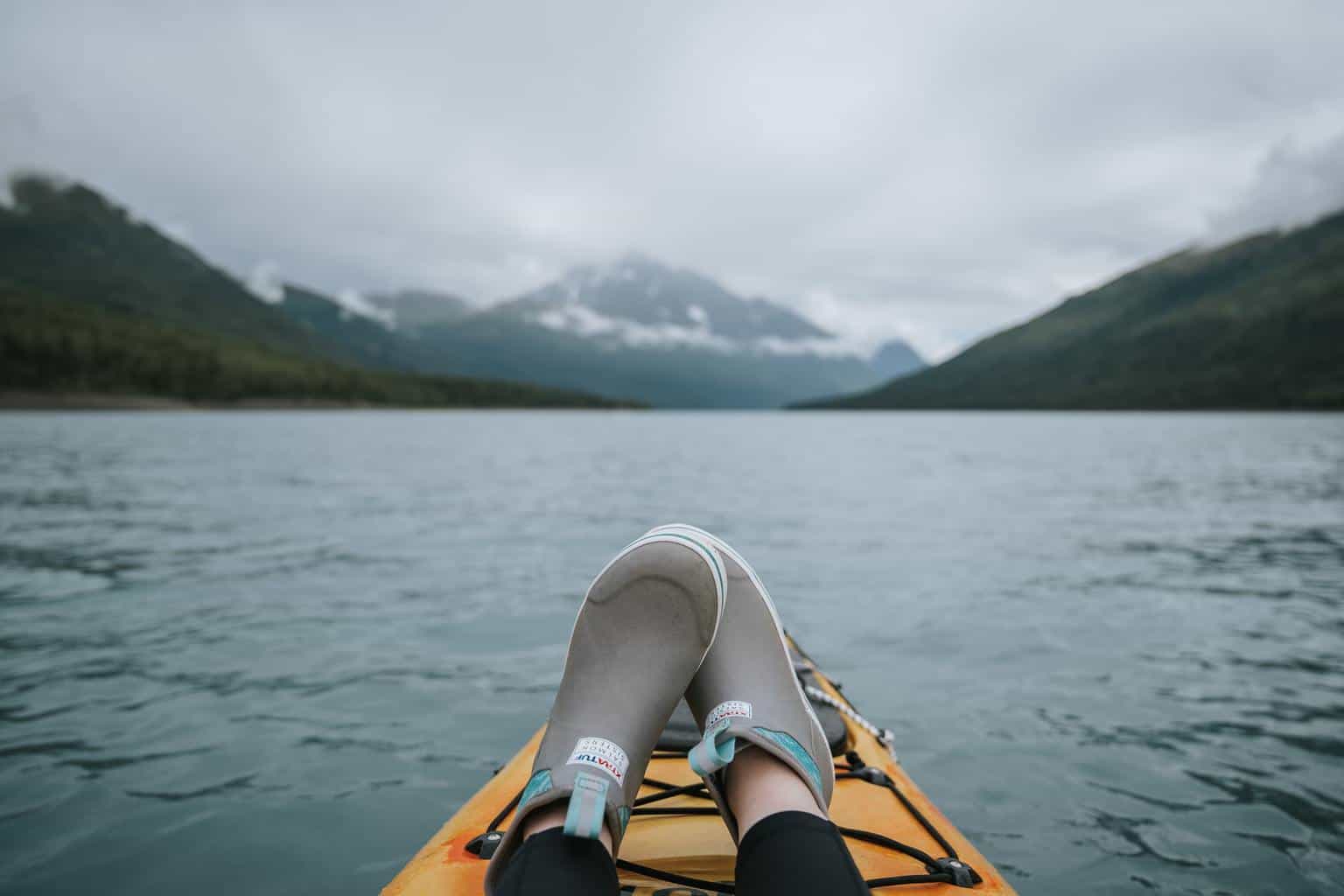
What Shoes to Wear Kayaking? (+ the Best Shoes for Your Needs)
-
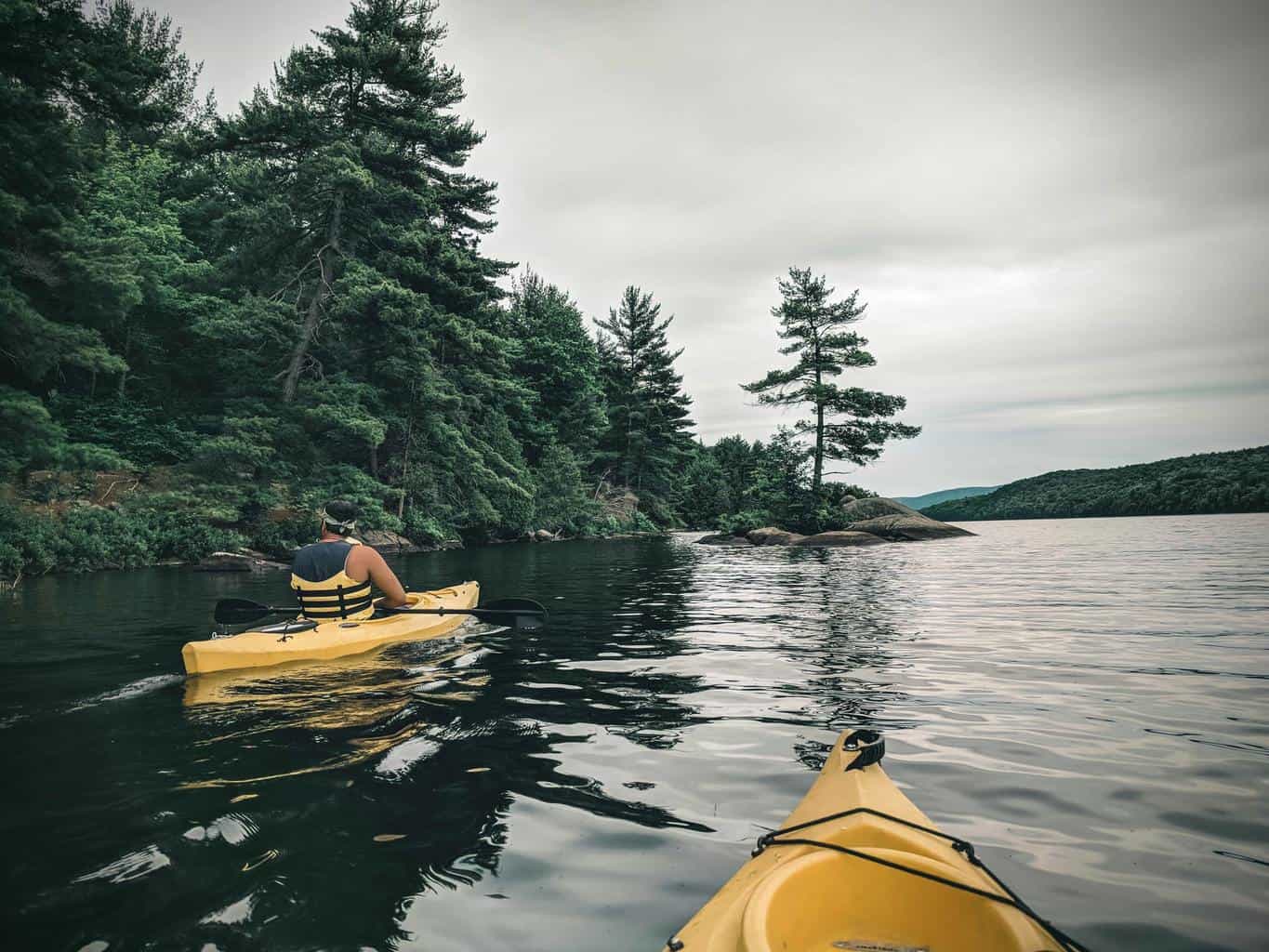
Can Kayaking Cause Chest Pain? (What Every Kayaker Should Know)
-
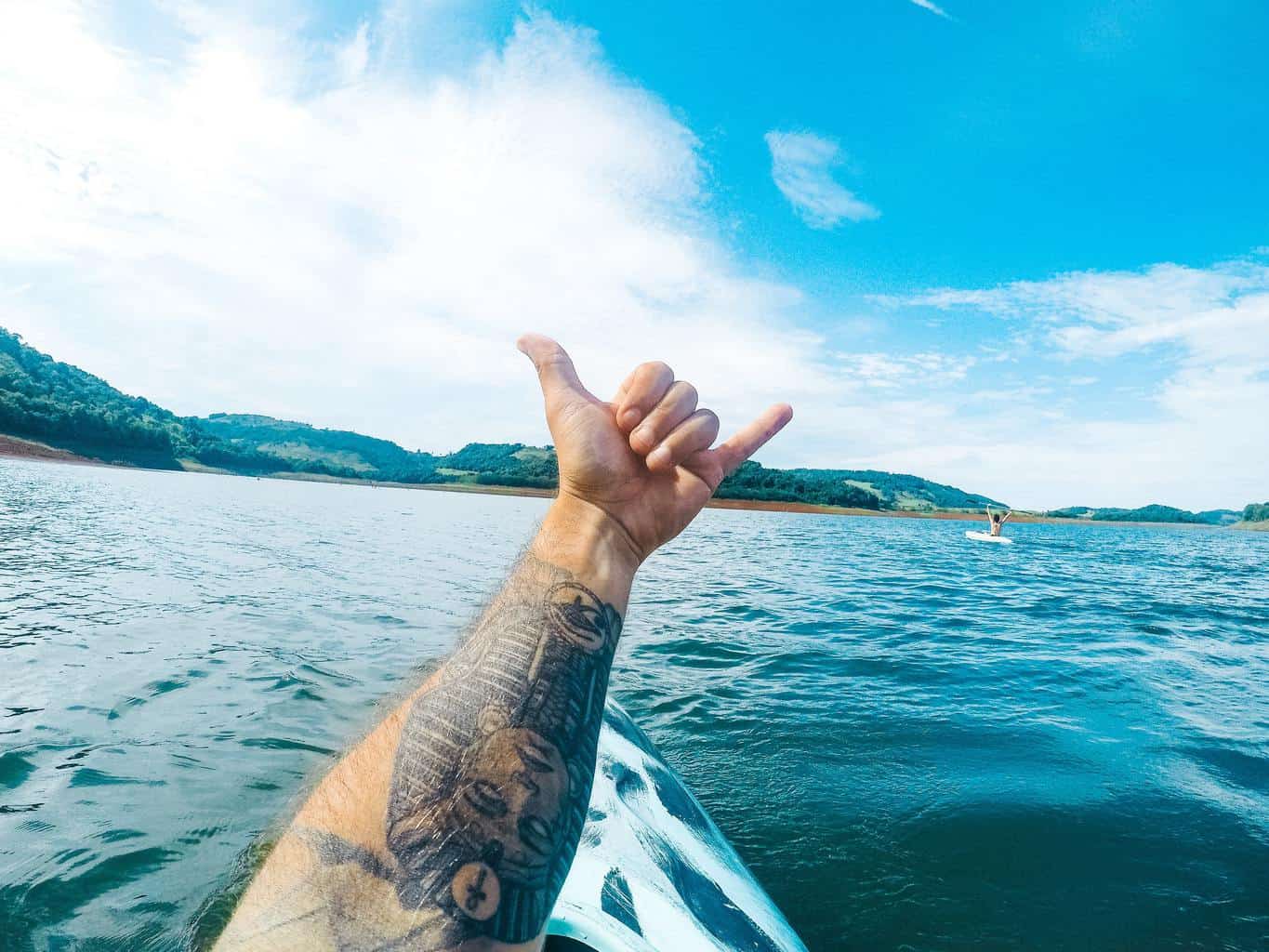
Can I Go Kayaking With a New Tattoo? (Facts You Should Know)
-
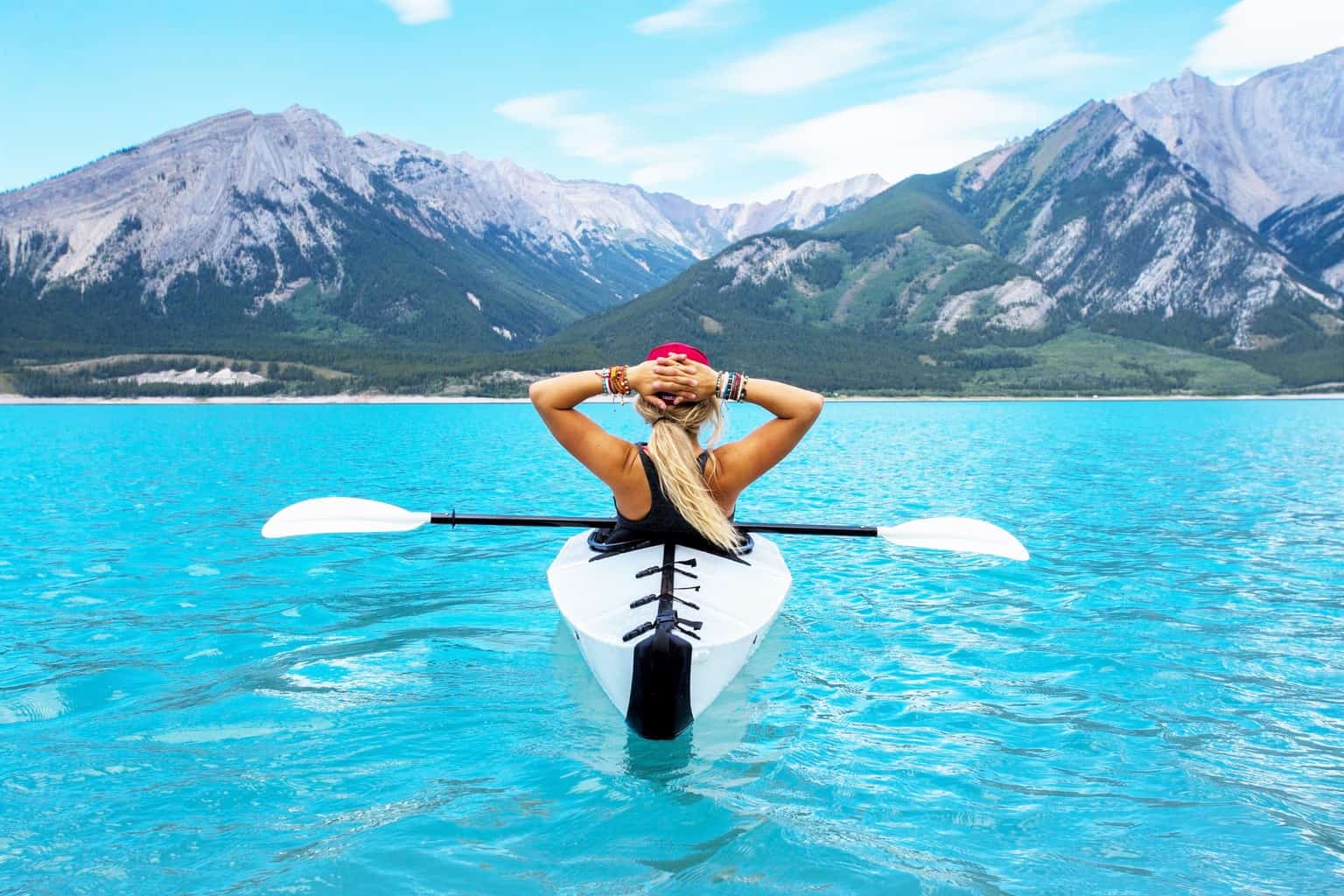
Can You Go Kayaking On Your Period? (+Practical Tips)
-
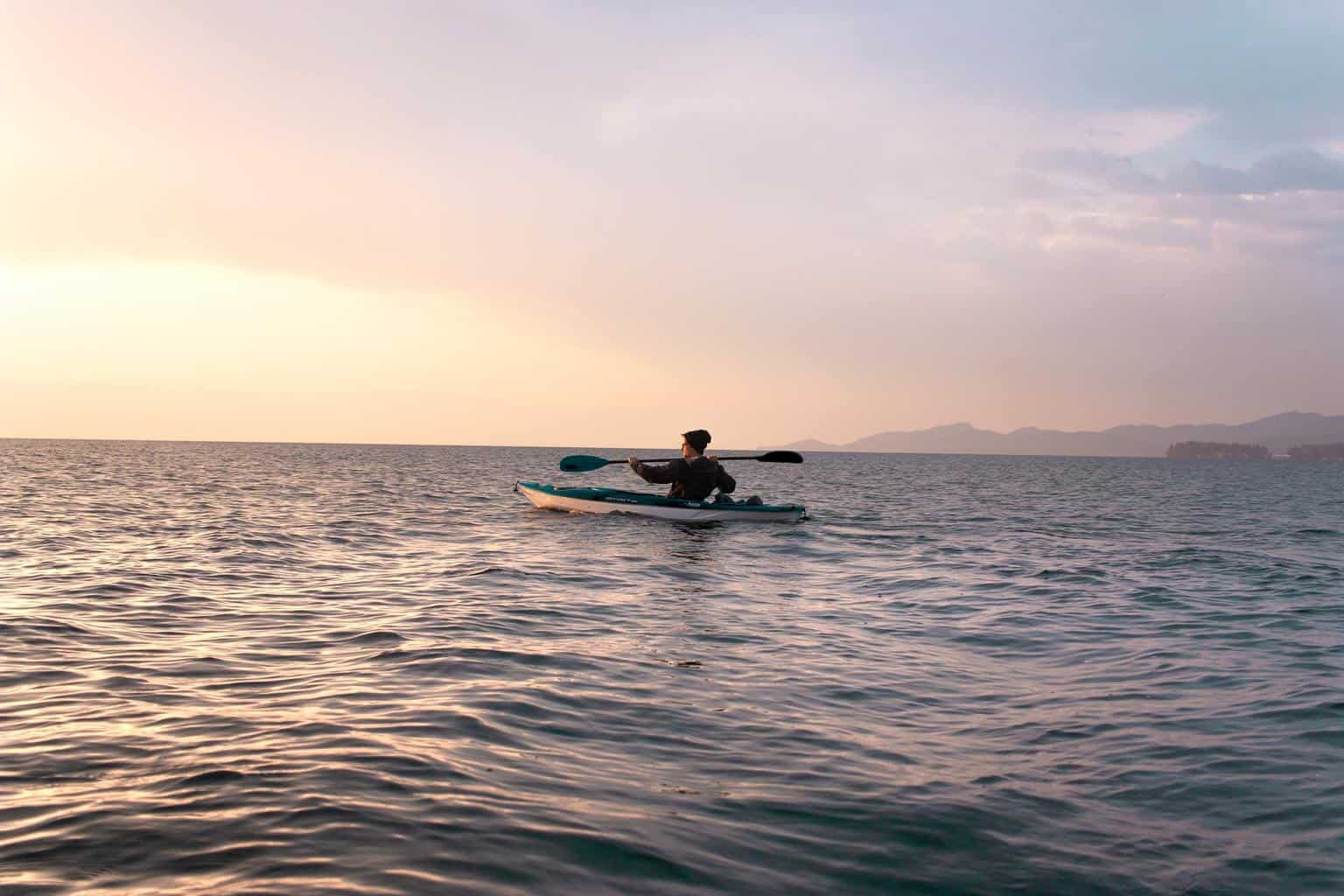
Can Kayaking Cause Hemorrhoids? (What Every Kayaker Should Know)
-
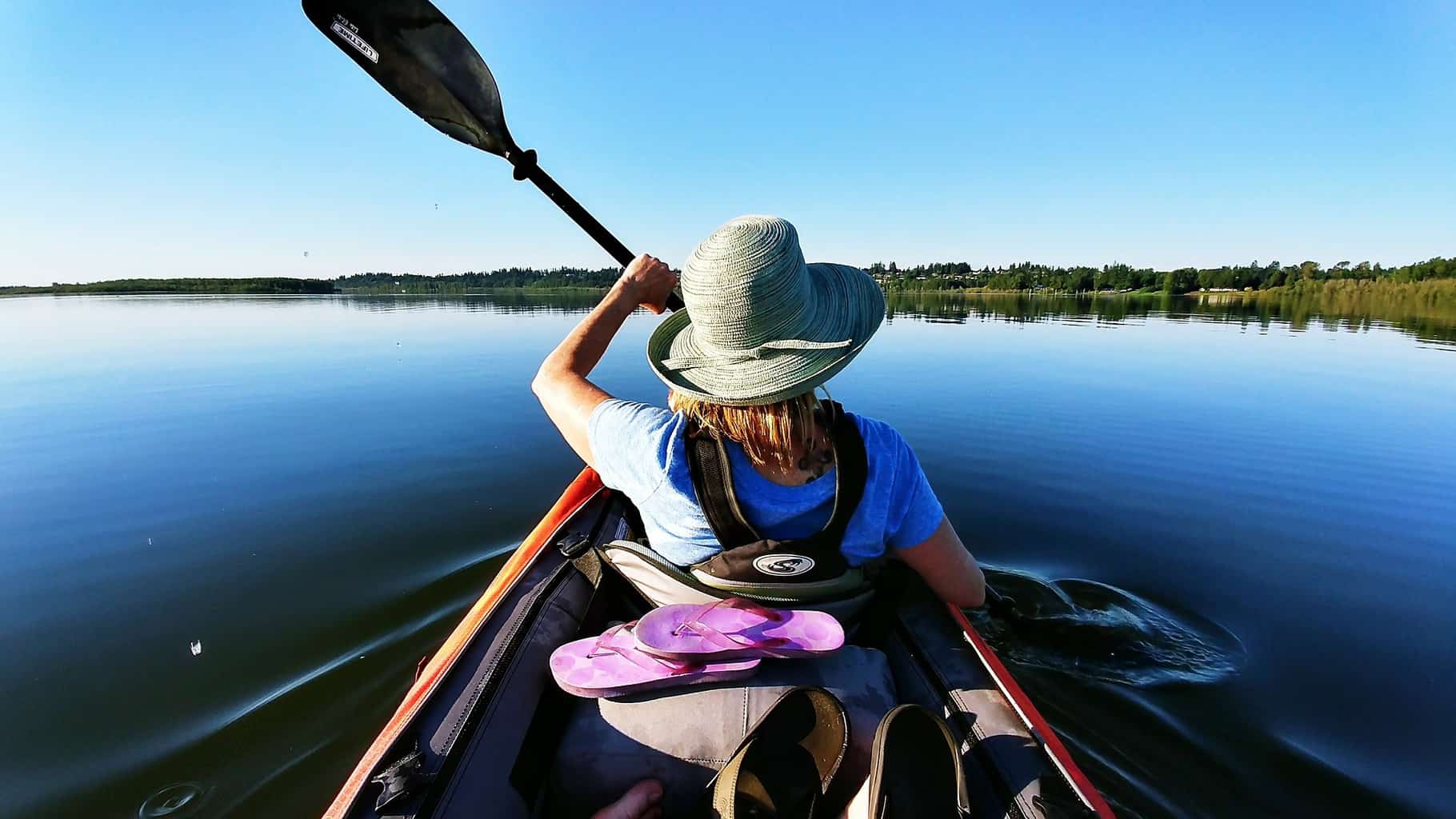
Can Kayaking Cause Tennis Elbow? (+8 Simple Tips to Avoid It)
-
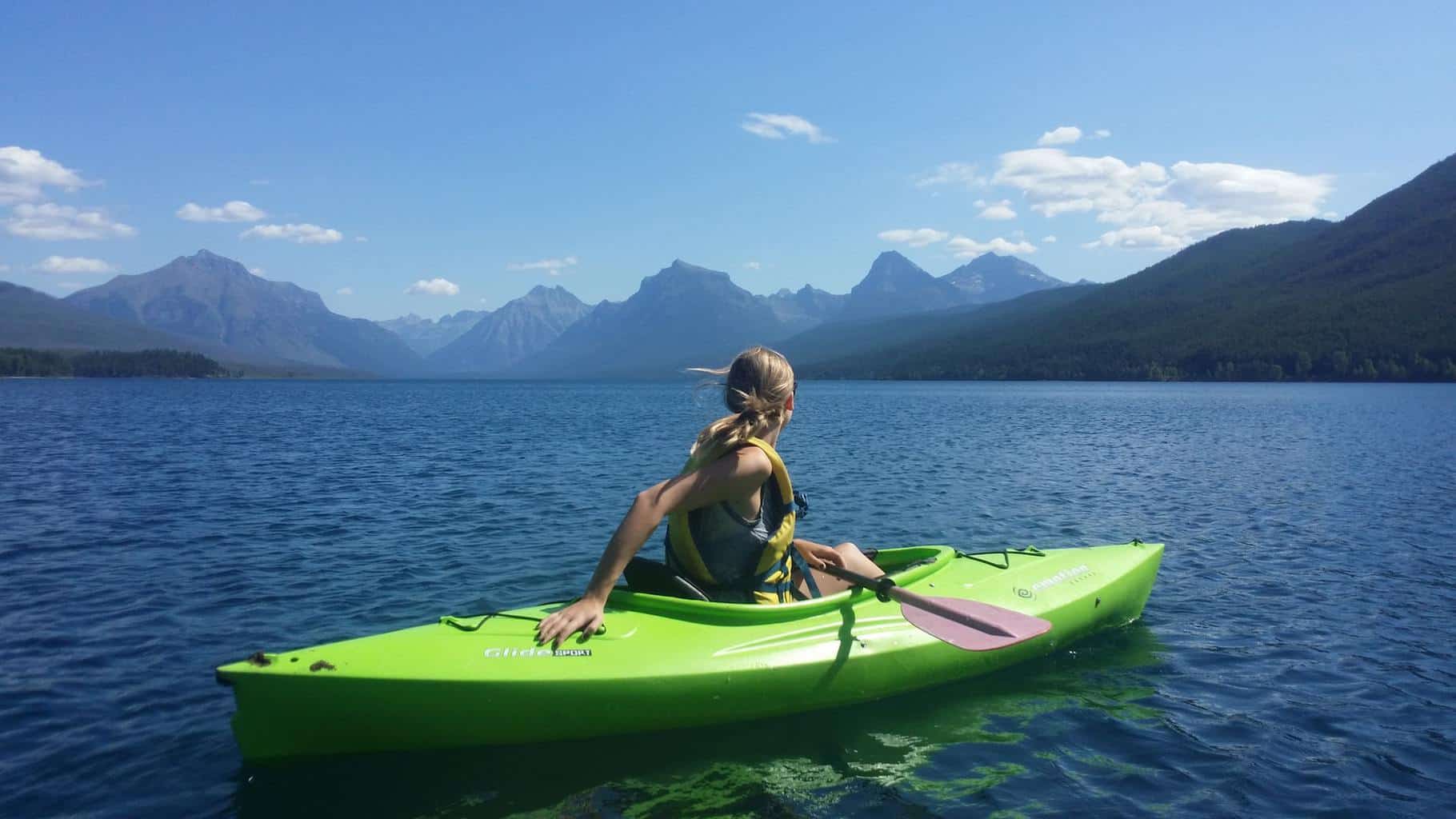
Can Kayaking Cause Sciatica? (+7 Tips to Avoid It)

